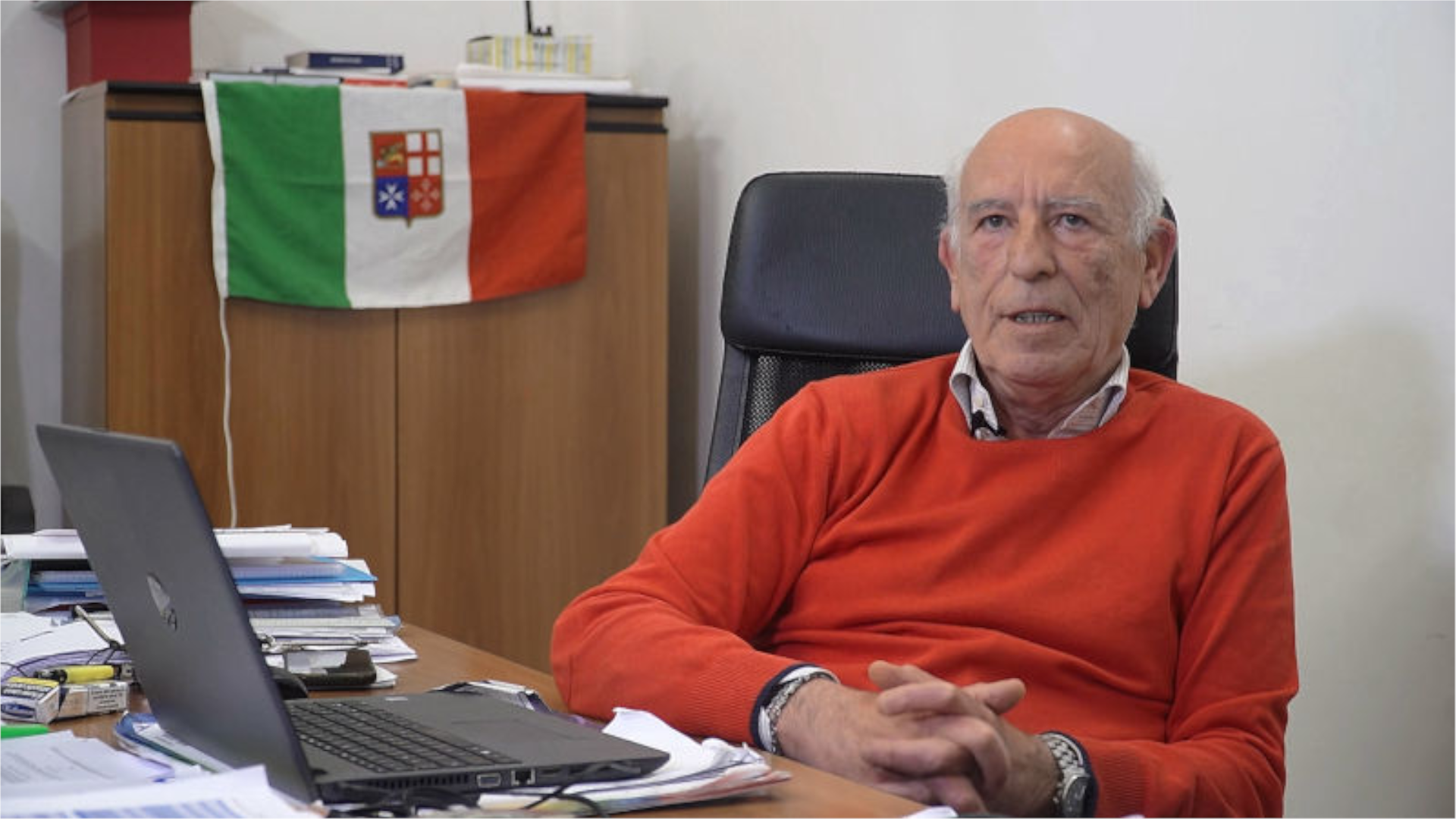Rimorchiatori interview
The tugboat service
I am Gaetano Raguseo, head of the Taranto operations base for Neapolitan Tugboats.
The technical-nautical services, which in addition to tugboats are represented by pilots and moorers, as well as boatmen, are the operational arm, if you like, of the Port Authority, which in any case monitors the safety and efficiency levels of the vessels and thus of the whole port.
At the Taranto base, we have six licensed tugs , four of which are always prepared and operational when called upon, so as soon as we receive a call from the ship, the pilot or the Port Authority, four tugs are always ready to move.
This guarantees the safety of port operations.
The port of Taranto is one where, seeing as the size of the ships that arrive is also rather large, for safety reasons it is always compulsory, above a certain tonnage, to use one or more tugs depending on the size of the ship.
The evolution of the tugboats
Even the towing sector has evolved very quickly over the last twenty years: we have gone from tugs with traditional single-propeller propulsion, with the classic tiller that we were maybe once used to seeing in films,
to an azimuth propulsion system, where the tiller effectively disappears and the whole propeller is oriented according to the need to manoeuvre, ie the whole engine and with two prop shafts, these vessels, which appear to be quite large, rotate and manoeuvre in very small spaces.
To be able to picture it in some way, you only have to think of an outboard motor where normally the whole engine rotates the position of the propeller, giving the thrust to the boat so that it can make progress; having two of them you can even imagine it is possible to sail sideways.
The power of tugs
Our tugs are currently fairly large for a port, and the latest arrival, the Baia, which we registered in 2020, pulls 82 tonnes at the “fixed point”.
A “fixed point” means that if I could theoretically insert a dynamometer, a scale, to put it in layman’s terms, while pulling, I’m in the position of pulling a boulder, hypothetically speaking, that weighs 70 tonnes and stays put.
Thus, since I can pull a mass this large, obviously with ships, because a ship floats, I find it easy to move.
The more pulling power I have, the more I find it easy to move, let’s say, considerable tonnages.
The docking manoeuvre
For a normal towing manoeuvre in port, the delicate moment is really when the tug is coupled to the ship, particularly at the bow, because the ship is also moving forward, albeit slowly, and the tug must manoeuvre in such a way as to remain safe itself, it must guarantee the safety of the ship and the operators – because let’s not forget that there are always sailors on the ship but also on our tugs – and it must be a moment in which everything is coupled, and I repeat, with extreme precision but also with great safety.
In the past we were used to taking the cable from the ship, that was normally also a critical moment, because having to work with a cable that was not mine, which I did not know, etc. etc., it was also easy, unfortunately, for it to break.
Now, however, we work with our own cables, so we are the ones who supply the cables to the ships, and of course we assume all responsibility for that cable because it is also certified for breaking load.
The cable is normally designed and built to be able to withstand breaking loads of two and a half times the tug’s pull.
Examples of extraordinary towing
The Cavour’s transit of the navigation canal has made history, we made the transit recently, and subsequently that of the Garibaldi, but this is regarding the Italian Navy; as far as commercial traffic is concerned, well, here we have very large ships arriving, and in any case we are prepared for any tonnage.
The Cavour, we were interested in this operation for the first canal transit of this jewel of the Italian Navy but, in any case, there was a long preparation before the event itself that saw us involved in some tests that were carried out before the actual operation.
A series of parameters were evaluated, including meteorological ones: tides, wind and so on, befoe coming to this operation, which was very successful in spite of the dimensions of the ship being borderline prohibitive compared to the space in the navigation canal.
*** Automatically generated subtitles ***


